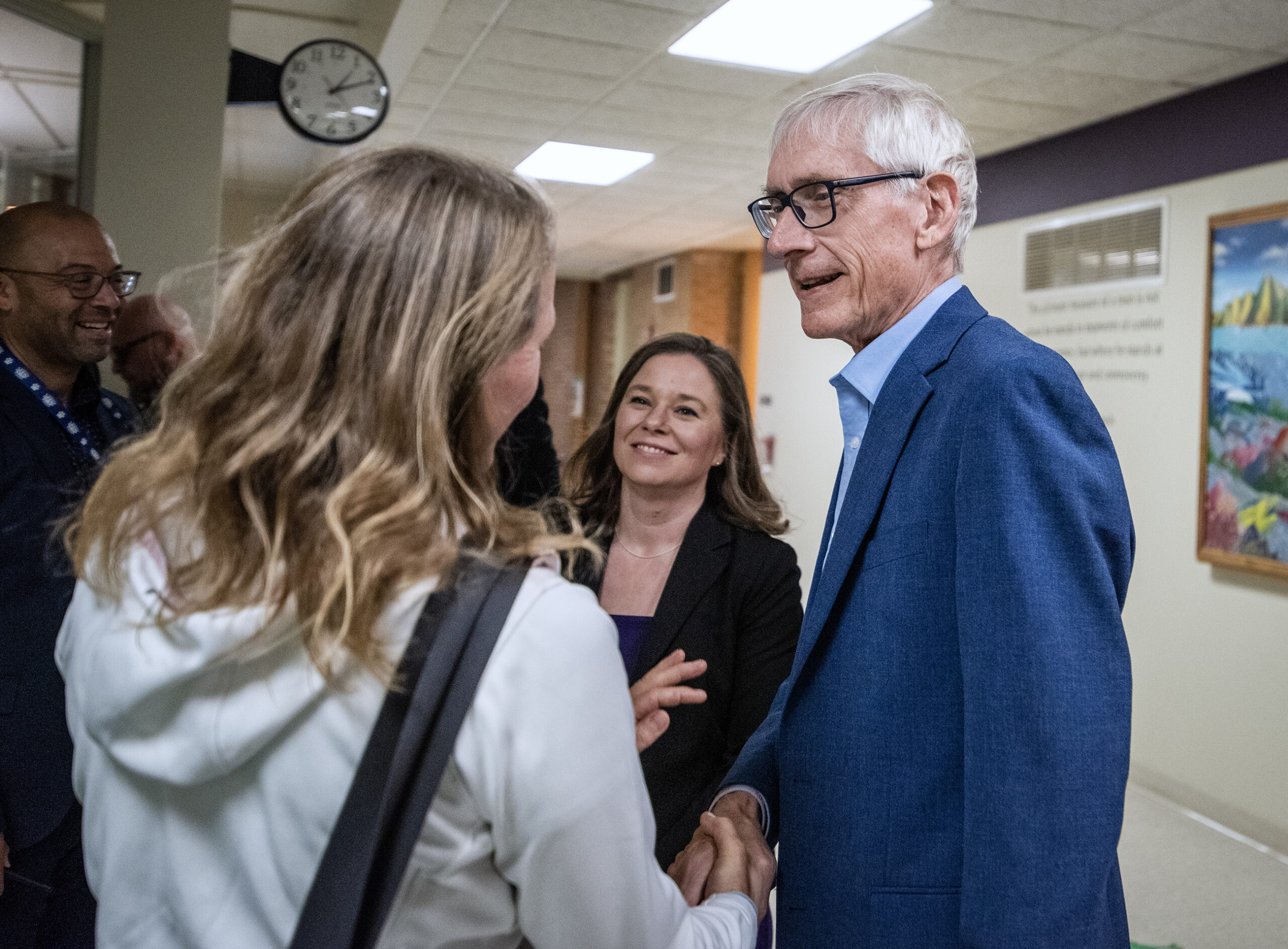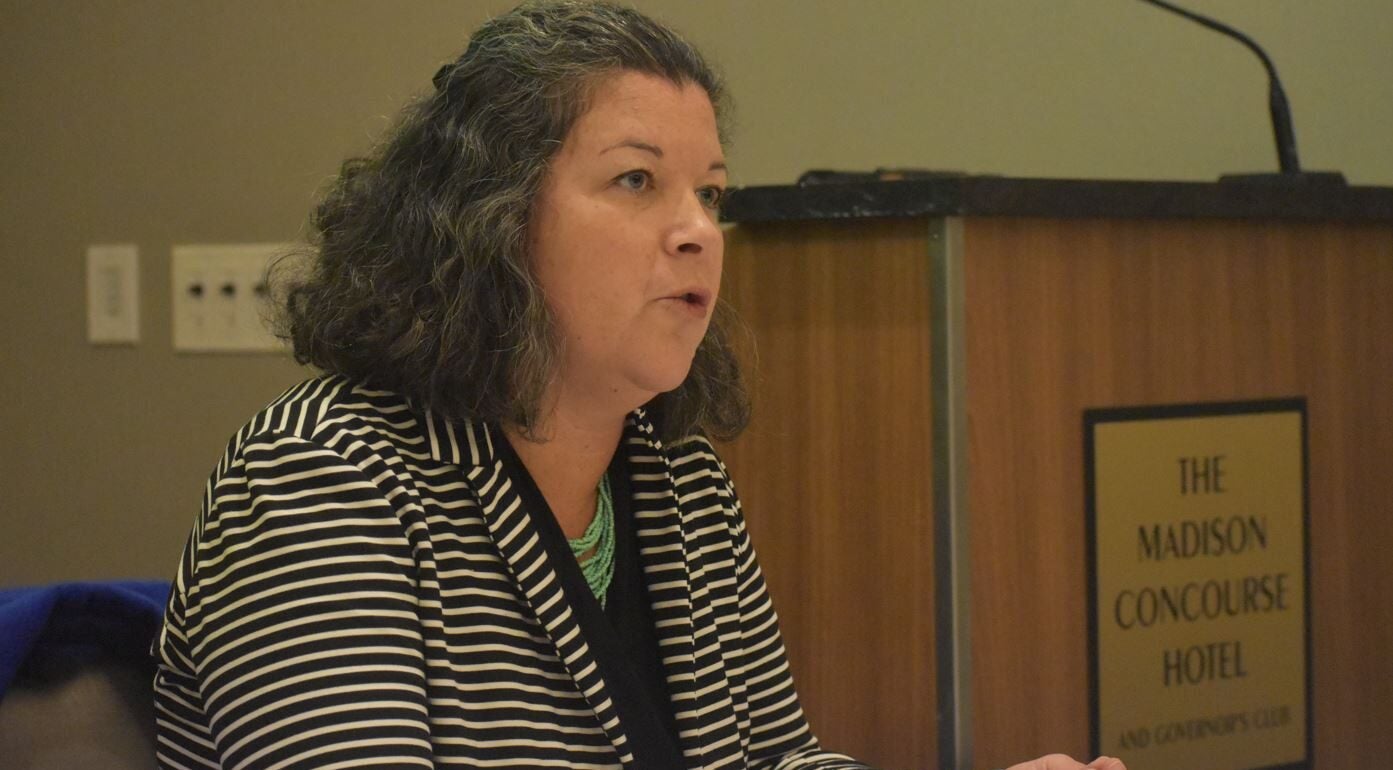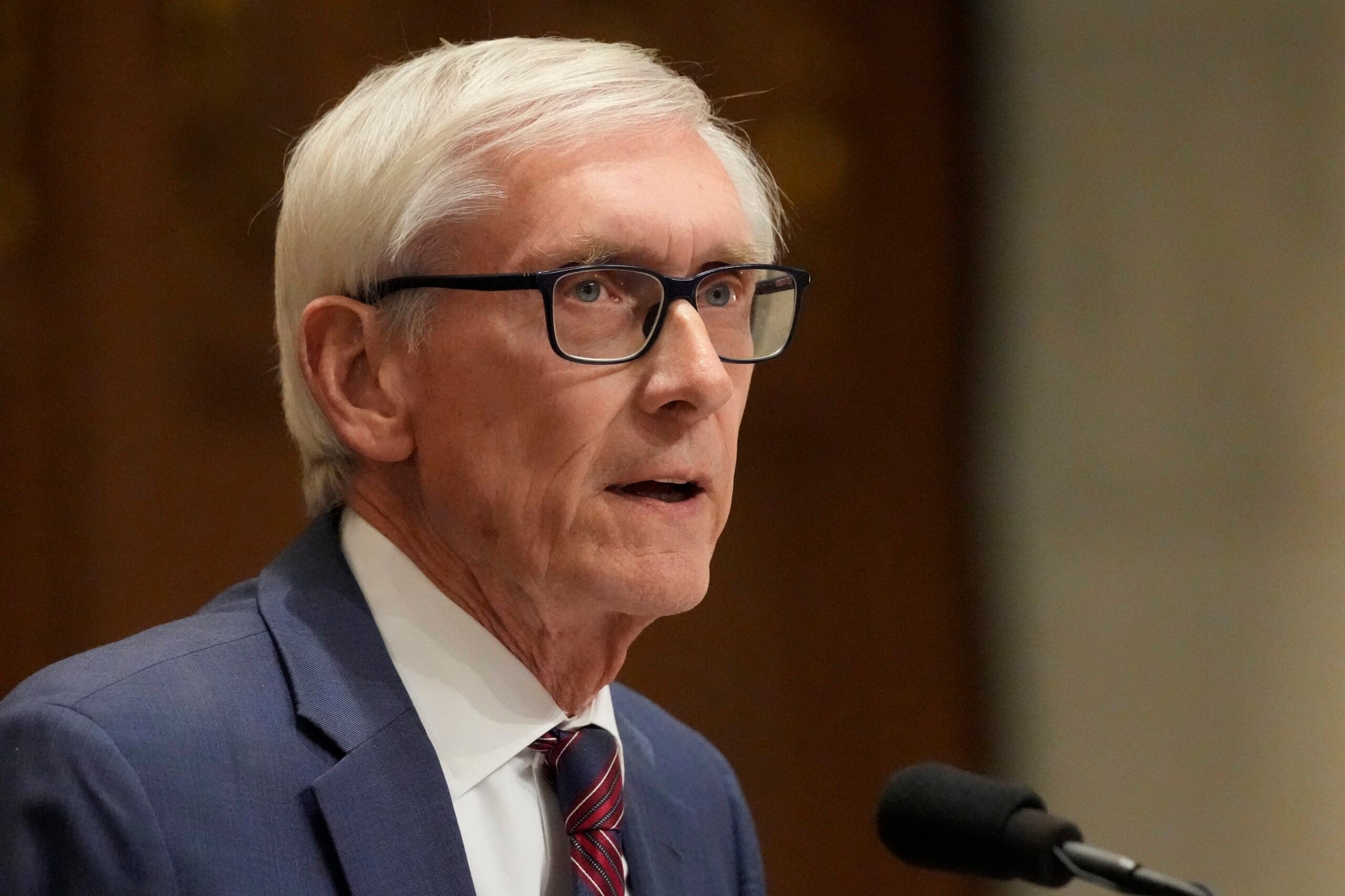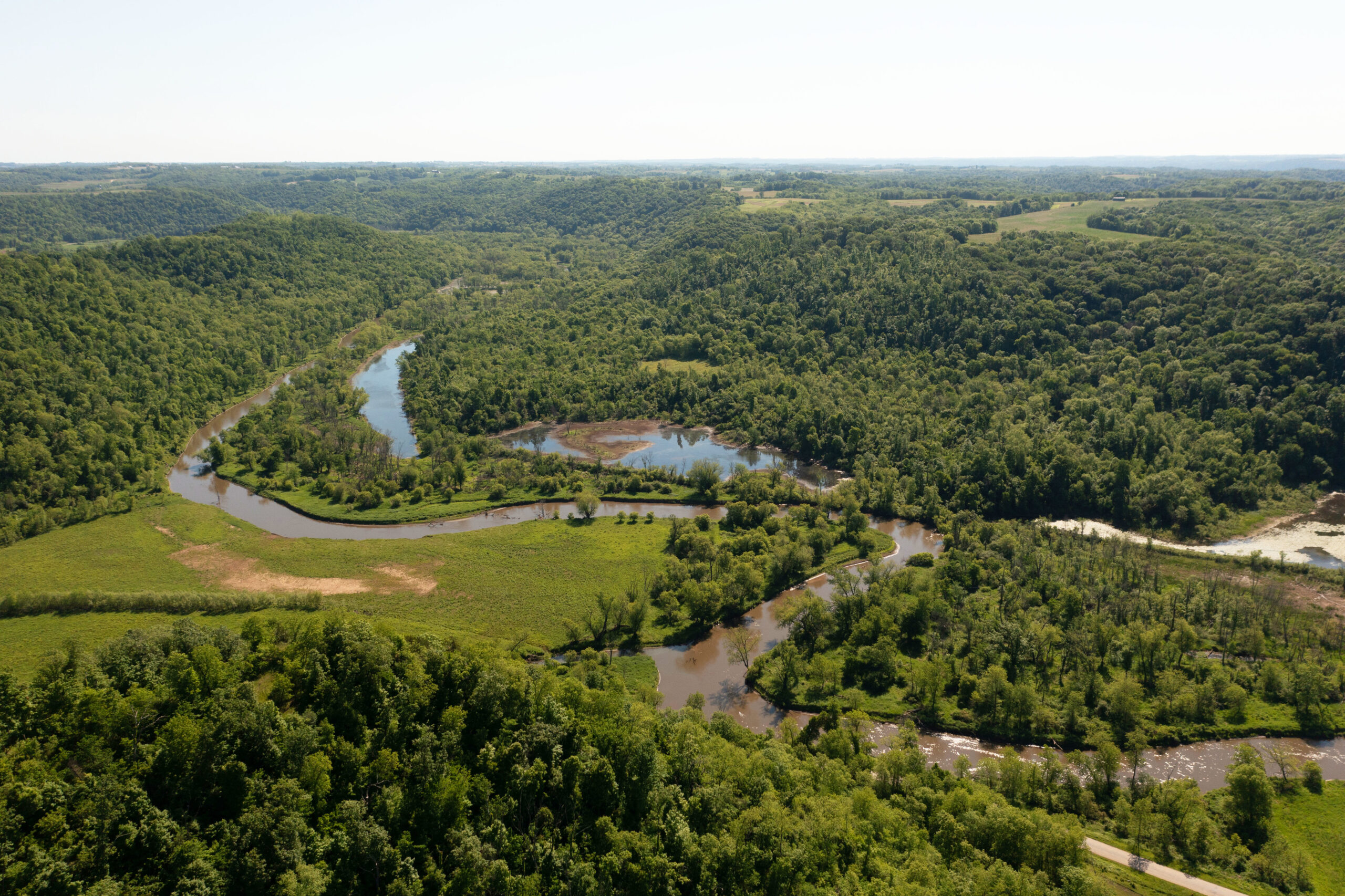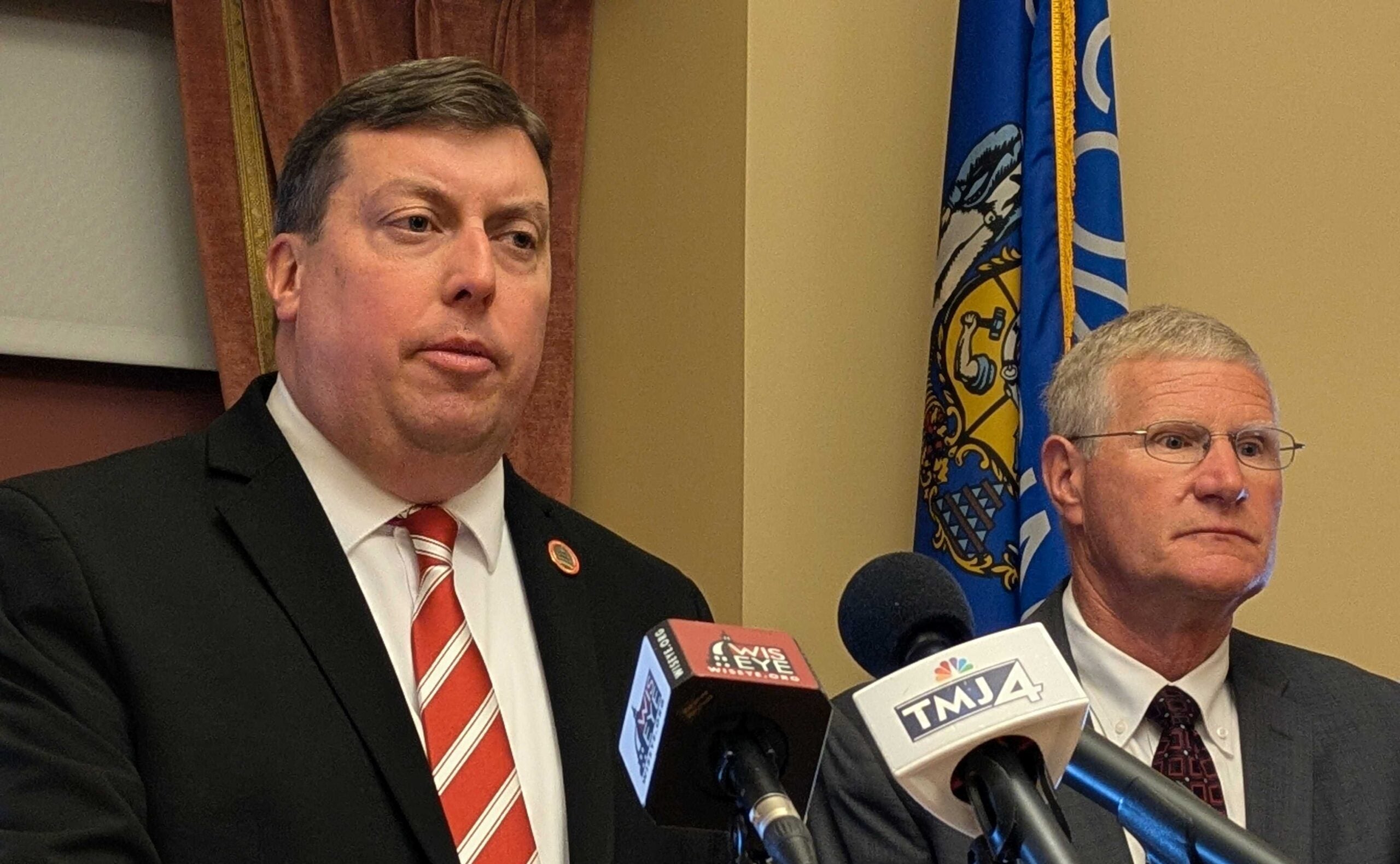Gov. Tony Evers will call for spending millions on developing Wisconsin’s clean energy workforce during his budget address next week.
It’s part of a long list of environmental spending initiatives from the governor, who will also call for new spending to help the state plant millions of trees.
In a written statement accompanying the proposals, Evers said the plans would help combat climate change while providing the training needed to help meet the state’s clean energy workforce needs.
News with a little more humanity
WPR’s “Wisconsin Today” newsletter keeps you connected to the state you love without feeling overwhelmed. No paywall. No agenda. No corporate filter.
“We know protecting our environment and investing in sustainable industries is vital for conservation, protecting our quality of life, and maintaining our economy’s momentum,” Evers said. “We don’t have to choose between building a healthier, more sustainable state and bolstering our workforce and our economy—we can and must do both.”
According to a summary of the plans from the governor’s office, Evers’ two-year budget will call for a $14 million investment in the clean energy economy.
That includes $5 million annually for a clean energy job training and reemployment program, and another $1 million per year for training in green jobs.
The governor will also call for spending $2 million to create the Southeast Wisconsin Green Jobs Corps, which his office said would help young adults facing barriers to employment find jobs in environmental and energy efficiency fields.
Evers will also call for spending more than $4.4 million on forestry initiatives, including forest regeneration on state-owned lands, financial assistance to public landowners for reforestation and funding for the state’s nursery program. Evers previously set a goal to conserve 125,000 acres of forestland and plant 75 million trees by 2030.
Evers will also propose spending more than $2.7 million to prevent invasive species, with some of the funding distributed through grants to landowners and urban communities.
Some of the governor’s proposals could face a tough sell in the Legislature, where Republicans have already said they think Evers is proposing to spend too much of a projected $7.1 billion surplus.
Evers’ conservation budget would also chip away at the power lawmakers have granted to themselves.
For example, when it comes to Wisconsin’s Knowles-Nelson Stewardship program, Evers wants to repeal a requirement that all new projects north of Highway 64 be subject to legislative review.
He also wants to rescind a law that gives members of the Legislature the power to anonymously block a stewardship project. The governor’s budget would force lawmakers who block plans to announce their objections publicly.
Wisconsin Public Radio, © Copyright 2026, Board of Regents of the University of Wisconsin System and Wisconsin Educational Communications Board.
